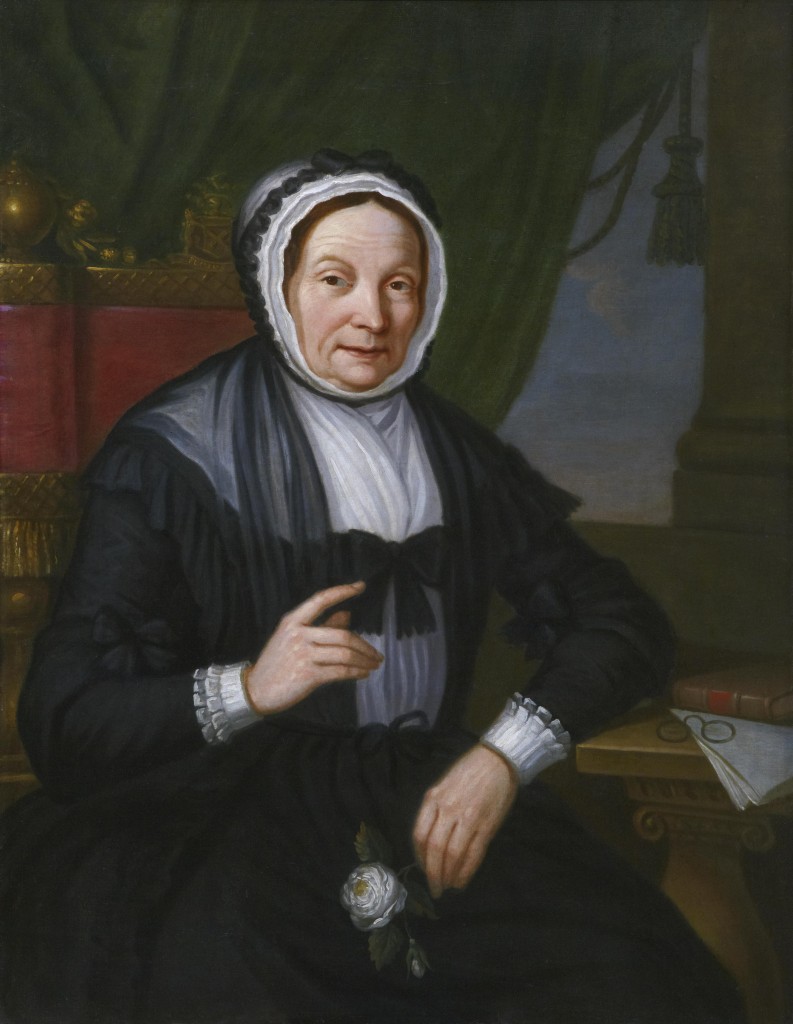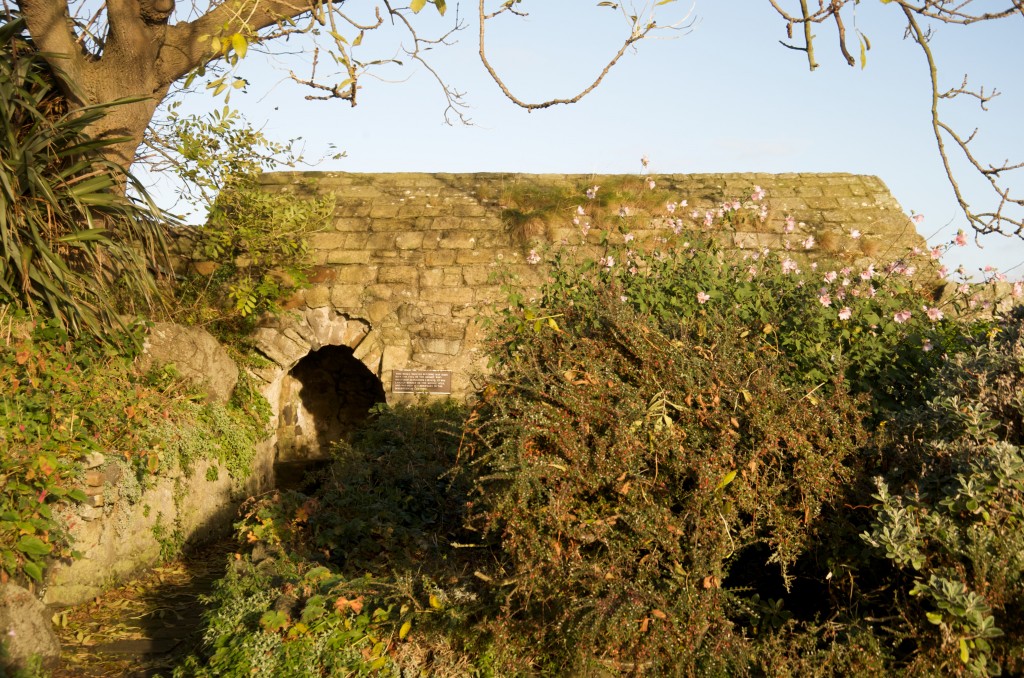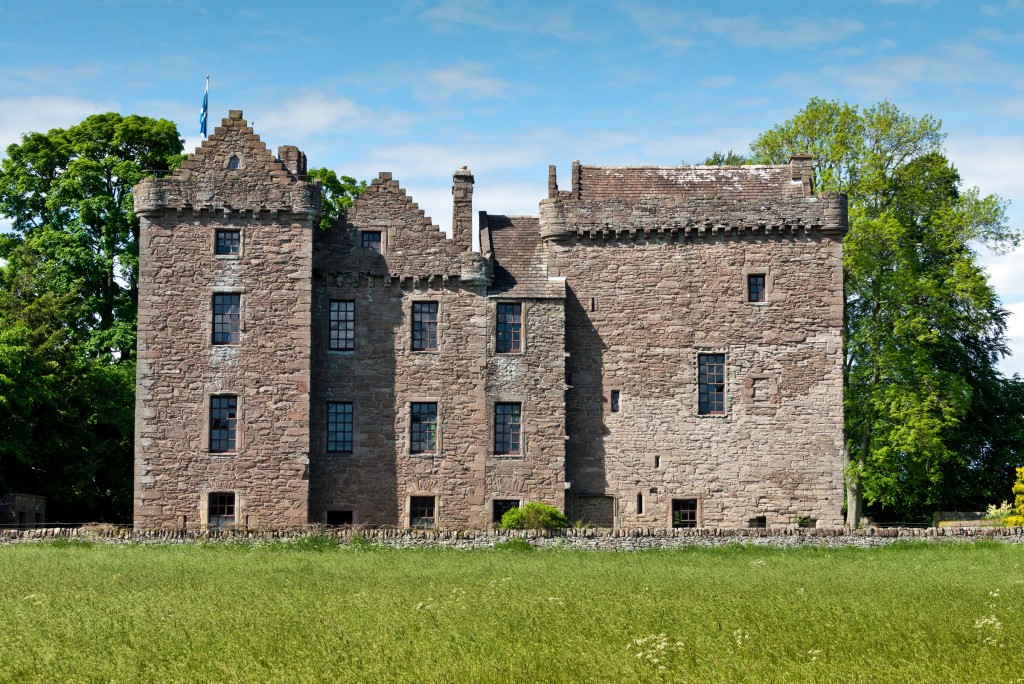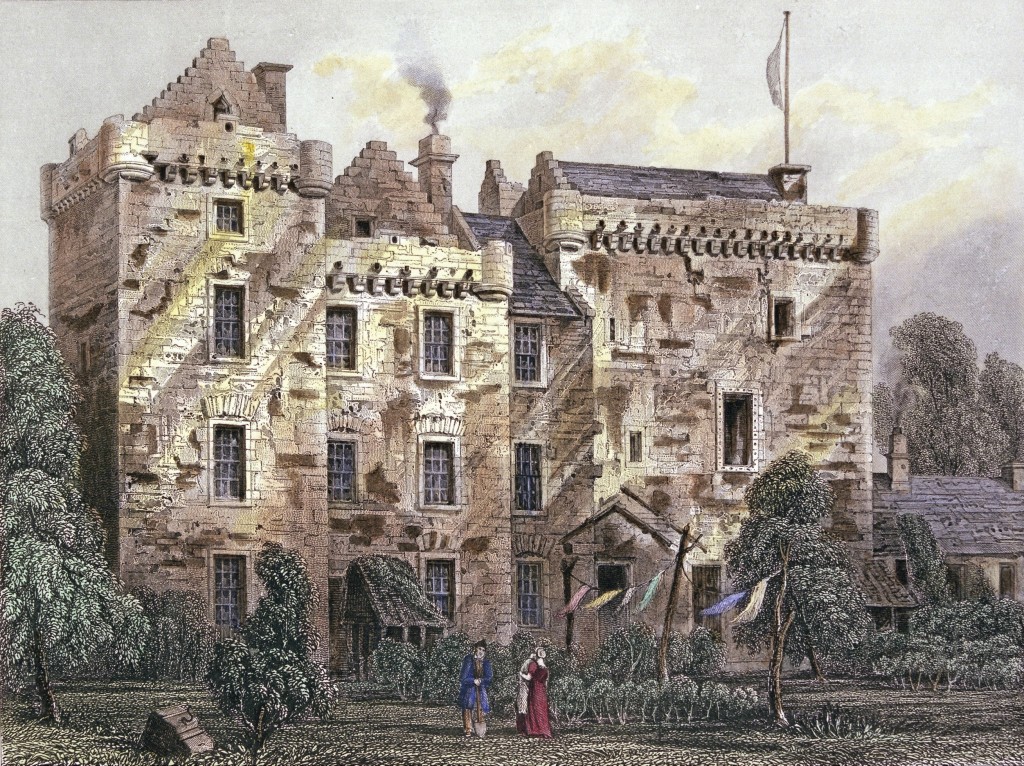We all know Scotland’s historic monuments are extraordinary, attracting people from all over the world. But the people who’ve inhabited our sites are just as unique, memorable and fascinating as the castles, tombs and stone circles that dot our landscape. Here we’ll run through some of our favourite characters from our properties.
Lady Catherine Bruce of Clackmannan
In the 1700s, Lady Catherine Bruce was considered as much of a relic as her 400-year-old residence Clackmannan Tower. She was the widow of Henry Bruce, the last of the male Bruce line, and a staunch Jacobite who lived well into her 90s.
Lady Catherine was fond of eccentric ceremonies, and was renowned for inviting all manner of folk to her residence. Probably the most famous of Lady Catherine’s eclectic roster of guests was the poet Robert Burns, who visited in 1787. On this occasion, the elderly Lady Catherine knighted Burns using the sword of her royal ancestor Robert I (The Bruce).
The inhabitants of the Dwarfie Stane
A monument as unusual as the Dwarfie Stane will naturally draw a peculiar cast of characters. It’s a huge hollowed-out piece of sandstone, thought to be Britain’s only wholly rock-cut prehistoric tomb, found on the remote Orcadian island of Hoy.
In Sir Walter Scott’s 1822 novel The Pirate, the Dwarfie Stane is home to the legendary dwarf Trolld, who gets a few mentions in Norse sagas. A character encounters Trolld inside the Dwarfie Stane, and converses with the dwarf in old Norse before he disappears in a plume of smoke.
In the 1800s, a British spy called Major W Mouncey slept in the cavity of the Dwarfie Stane. On the wall of the stone, he wrote some graffiti in a graceful Persian script reading: “I have sat two nights and have learned patience”. That said, he also wrote his name in Latin backwards, but we can take his word for it.
Sir John Scot of Scotstarvit Tower
Tower houses were the preferred lodgings of Scotland’s nobility from the medieval period. Scotstarvit Tower is an unusual example of the form, owing to a major rebuild in the 1600s by the ‘mild eccentric’ Sir John Scot.
We don’t know what Scot intended for the tower, but by the time his rebuild was finished in the 1620s, it had a number of unusual features:
- only two small window slits on the first floor
- no fireplace on the second floor
- no windows whatsoever on the fifth floor
- no kitchen at all
A Director of Chancery, Lord of Session and Privy Councillor, Scot was a prominent figure. His last years were spent writing the peculiar book The Staggering State of Scots Statesmen. It’s thought to reflect his bitterness after falling from favour following the rise of Oliver Cromwell in 1650, and has been described by Thomas Carlyle as “a strange little book, not a satire but a homily of life’s nothingness”.
The Hermit of Inchcolm
The island of Inchcolm in the Firth of Forth may owe its charming abbey to a hermit, who’s said to have lived here in the 1100s.
The story goes that King Alexander I was caught in a storm in 1123, and took refuge on the island of Inchcolm. Here a hermit provided him shelter, leading Alexander to vow to build an abbey here as thanks. The hermit’s cell can still be seen on the island today. It was rebuilt in the 1400s, and used as a mausoleum in the 1600s.
Dorothea of Huntingtower Castle
Huntingtower Castle appears as one building but is actually two towers joined together: the east and west towers were originally separate, although were probably joined on at least one side fairly early in their history.
The close proximity of the towers is perhaps what gave rise to a legend about the first Earl of Gowie’s daughter Dorothea, who’s said to have snuck out of her bed for a clandestine tryst with her lover in the adjacent tower. When she heard her mother coming, she had to get out quickly, the only way she knew how.
Dorothea is said to have made the 2.4m leap between the two towers. She allegedly succeeded – and was found by her mother safely tucked up in bed. The gap between the two towers is still known as “Lover’s Leap”.
Which are your favourite people from the past? Comment below, or start a conversation on social media.









